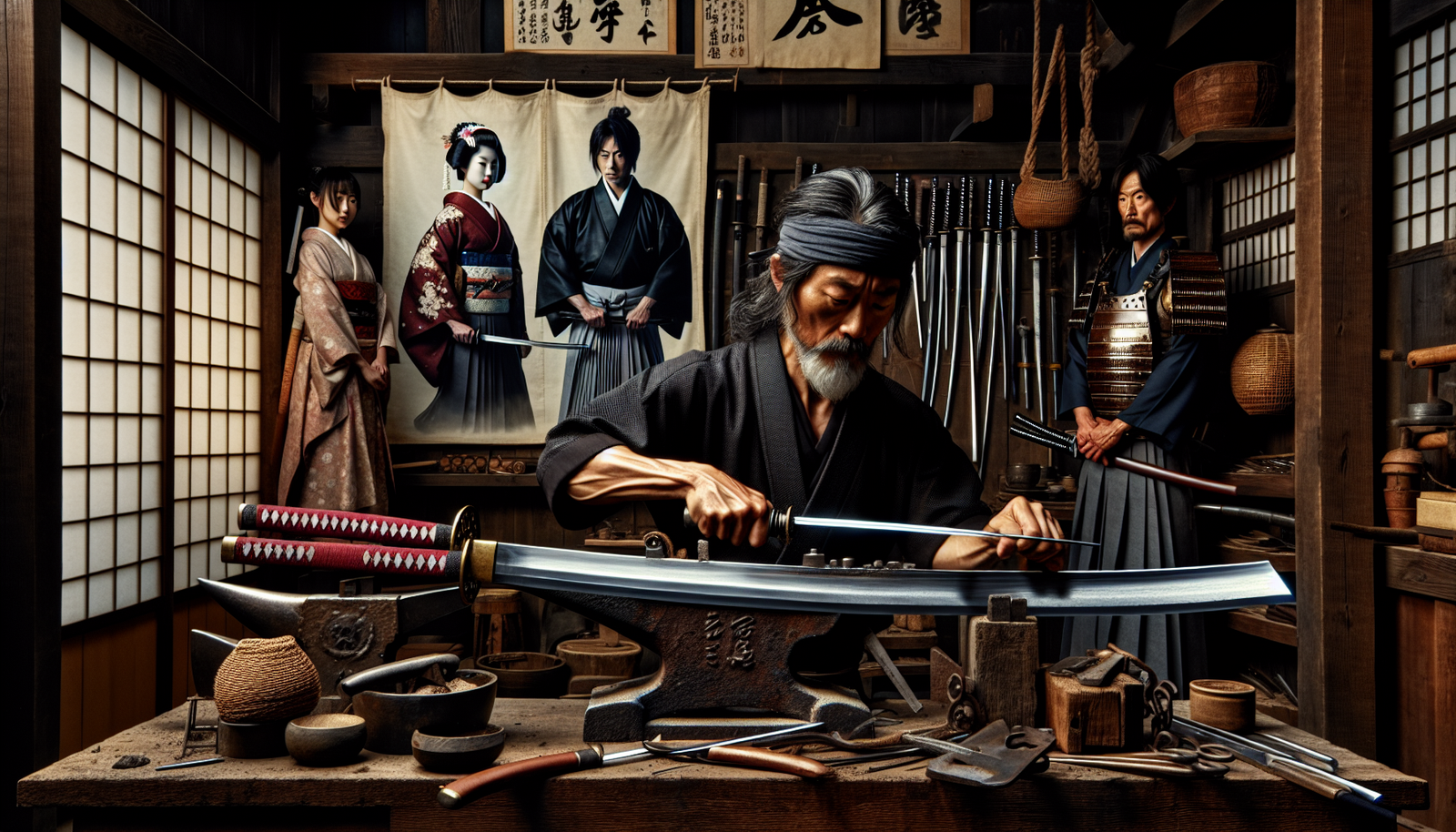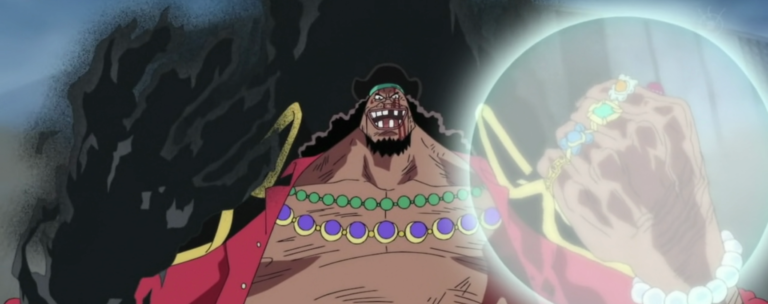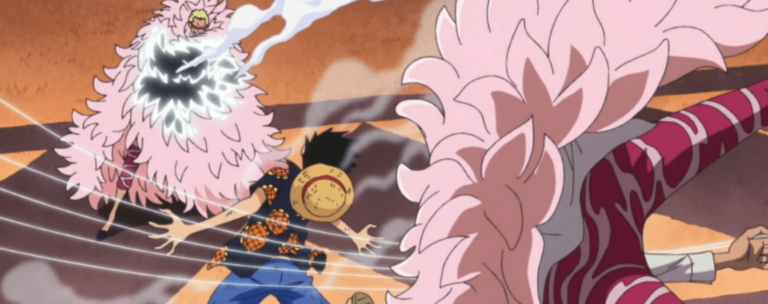The Fascinating World of the Katana: Japan’s Iconic Sword

The katana, a symbol of the samurai’s spirit and skill, has captivated the imagination of people around the world for centuries. Known for its distinctive appearance and legendary sharpness, the katana is more than just a weapon; it is a masterpiece of Japanese craftsmanship, an emblem of discipline, and a work of art. This article delves into the history, the making, and the cultural significance of this iconic blade.
Understanding the Katana’s Unique Design
The katana is renowned for its unique design, which balances both form and function in a way that has rarely been matched by any other type of sword. Below, we explore the key components that make the katana stand out.
The Blade
The katana’s blade is instantly recognizable by its distinctive curved shape, designed to allow for a smoother, more efficient cutting motion in combat. The curvature is not merely aesthetic; it’s a critical feature that enhances the sword’s lethality and demonstrates the sophisticated metallurgy developed by Japanese swordsmiths.
The Construction Process
- Folding and Refolding: The katana is made from tamahagane, a type of steel that is folded and refolded numerous times to remove impurities, ensuring a balance between rigidity and flexibility.
- Quenching: A crucial step in the making of the katana involves cooling the heated blade rapidly, creating a hard edge capable of maintaining sharpness while retaining a softer, more flexible spine.
- Polishing: The final step involves meticulous polishing, which can take weeks or even months, to produce a razor-sharp edge and a mirror-like surface on the katana.
The Historical Significance of the Katana
The history of the katana is deeply intertwined with the history of Japan itself. Originally developed in the Kamakura Period (1185–1333), the katana became the samurai’s weapon of choice due to its cutting efficiency and ease of use. Its design evolved over the centuries, becoming more than just a weapon—it became a symbol of the samurai’s authority and status.
Symbolism and Spirituality
The katana is not merely a tool of war; it holds a deep spiritual significance. It is often referred to as the “soul of the samurai.” The crafting of a katana is considered a sacred art, with rituals and prayers accompanying each step of the process, imbuing the sword with a sense of life and purpose.
The Katana in Modern Culture
Today, the katana maintains its allure, capturing the imagination of people not only in Japan but around the world. Its influence can be seen in various aspects of popular culture, from movies and television shows to comic books and video games, where the katana is often portrayed as an invincible weapon wielded by heroes and warriors.
Collecting and Preservation
The art of katana collecting and preservation has also gained popularity. Enthusiasts and historians alike seek to preserve the legacy of these incredible weapons, ensuring that the craftsmanship and history of the katana are honored and remembered. The katana continues to be a compelling symbol of mastery, discipline, and beauty, standing as a testament to the skill of the samurai and the swordsmiths who created them.
In conclusion, the katana is not just a piece of ancient weaponry; it is a cultural icon that represents the artistry, spirit, and history of Japan. From its unique design and construction to its historical significance and modern-day appeal, the katana remains one of the most fascinating aspects of Japanese heritage, admired by people around the globe.





